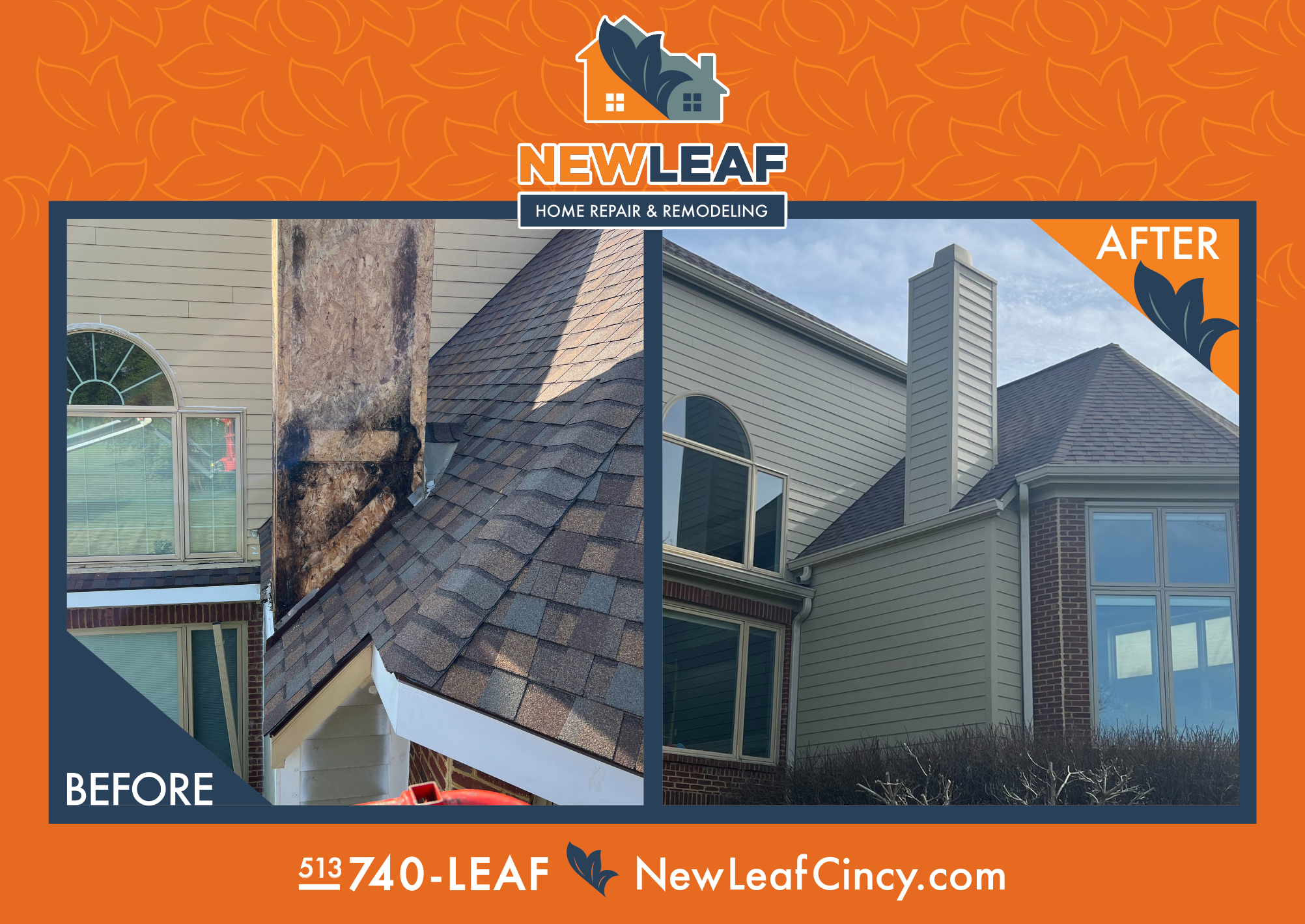Wood rot is a common yet often overlooked issue in many homes, especially those with significant wood components in areas prone to moisture exposure. From decks and door frames to siding and basement supports, wood rot can weaken your home’s structure, reduce its value, and lead to costly repairs. This article will walk you through identifying, preventing, and addressing wood rot, helping you protect your home for the long haul.
Understanding Wood Rot: What It Is and Why It Matters
Wood rot occurs when moisture, oxygen, and fungal spores combine, creating a perfect environment for fungi to thrive. This fungal activity breaks down the cellulose in wood, leading to decay and weakening of structural components. If left untreated, wood rot can spread, compromising the integrity of your home.
There are two main types of wood rot:
1. Dry Rot: Caused by certain types of fungi that thrive in damp, warm environments, dry rot can spread quickly and impact significant portions of your home. It’s especially common in basements, attics, and other areas with limited airflow.
2. Wet Rot: Wet rot requires a higher moisture level than dry rot and usually remains confined to specific wet areas, like around leaky pipes, under sinks, or near gutters. While it doesn’t spread as aggressively as dry rot, it still weakens the wood and requires repair.
Common Areas Prone to Wood Rot
Knowing where to look is key to identifying wood rot early. Here are the most vulnerable areas around the home:
•Exterior Siding and Trim: Exposure to rain and snow makes siding and trim around windows and doors prone to moisture absorption, which can lead to wood rot over time.
•Decking and Porch Columns: Wood used in outdoor decking and porch posts is frequently exposed to rain, snow, and humidity, making these prime candidates for wood rot, especially if they’re not properly sealed.
•Basements and Crawl Spaces: Due to higher humidity levels and potential for standing water, these areas are particularly prone to rot if wooden supports or subflooring are present.
•Window Sills and Frames: Any spot where rain or condensation collects on wood is vulnerable, particularly around windows that aren’t well-sealed or have damaged caulking.
•Roof Soffits and Fascia Boards: Roof structures exposed to rain or snow, especially those that don’t drain well, are also at risk of wood rot.
Identifying Wood Rot
Identifying wood rot early is crucial to prevent it from spreading and causing more significant structural issues. Here’s how to check for signs of wood rot around your home:
1. Visual Inspection: Look for areas of discoloration, cracking, or wood that appear damp or soft. Rotting wood may turn darker than healthy wood.
2. Touch Test: Gently press on areas that look suspicious. If the wood feels soft or crumbles under pressure, it likely has rot.
3. Musty Smell: Fungal activity often creates a musty, damp odor, especially in confined areas like crawl spaces or basements.
4. Poking Test: Use a screwdriver or knife to gently poke areas with suspected rot. Wood that easily gives way to pressure is likely compromised.
If you identify rot, it’s crucial to take action quickly to prevent the problem from worsening. At New Leaf Home Repair and Remodeling, our experienced team can perform thorough inspections and advise on the best steps for addressing any wood rot issues.
Preventing Wood Rot
While wood rot can be repaired, prevention is always more cost-effective. Here are some practical tips for preventing wood rot around your home:
1. Control Moisture Levels
Moisture is the primary cause of wood rot. Ensure your home’s interior and exterior are well-ventilated and sealed against water intrusion. Use dehumidifiers in areas like basements or crawl spaces, and consider vapor barriers if you have an especially humid basement.
2. Seal Exposed Wood
Regularly inspect and reseal any wood that is exposed to the elements, especially decking, porches, and window trim. Use high-quality paint or wood sealant to add an extra layer of protection against moisture.
3. Maintain Gutters and Downspouts
Ensure your gutters are clear of leaves and debris so water can flow freely. Check downspouts and make sure they direct water away from the home’s foundation and other wooden structures. Standing water near the home can lead to rot in foundations, decks, and wooden porches.
4. Inspect Caulking and Flashing
Caulking around windows, doors, and joints should be in good shape. Replace cracked or worn caulking to prevent water from seeping into areas around windows and door frames. Flashing around the roof should also be intact to prevent water from reaching wooden roofing elements.
5. Regular Maintenance Checks
Schedule regular maintenance checks with a professional, especially if your home is older or has a history of water issues. Early detection is key in addressing wood rot before it becomes a larger issue.
Repairing Wood Rot
When it comes to repairing wood rot, the approach depends on the extent of the damage. Here’s a step-by-step guide on how to address smaller areas of wood rot:
Step 1: Remove Rotted Wood
Using a chisel or saw, remove as much rotted wood as possible. Cutting away decayed wood prevents the rot from spreading further and creates a stable surface for any repairs.
Step 2: Treat Remaining Wood
After you’ve removed the damaged wood, apply a wood preservative to the surrounding area to help stop the spread of rot. This step is crucial, especially for dry rot, as it may spread even into seemingly healthy wood nearby.
Step 3: Fill or Replace Wood
For small areas, use an epoxy wood filler to patch the area. Epoxy wood fillers bond well to wood and provide a durable surface that can be sanded and painted. For larger damaged sections, consider replacing the wood entirely to ensure structural stability.
Step 4: Prime and Paint
After repairing, seal the area with primer and paint or a water-resistant wood sealant. This will help protect the repaired area from moisture, reducing the likelihood of further issues.
We specialize in comprehensive wood rot repair services at New Leaf Home Repair and Remodeling. Our experienced craftsmen are skilled at assessing damage and implementing long-lasting repairs that maintain your home’s structural integrity and aesthetic appeal.
When to Call a Professional
While some minor wood rot issues can be handled DIY, it’s often best to call in a professional to ensure that repairs are comprehensive and long-lasting. Consider calling a professional if:
•The rot is extensive and affects structural components like support beams, load-bearing walls, or joists.
•You’re unsure of the extent of the damage and want an expert opinion.
•Previous DIY repairs have not held up or the rot has returned.
New Leaf Home Repair and Remodeling offers expert services for diagnosing, treating, and preventing wood rot. With years of experience in Greater Cincinnati, we understand the local climate’s impact on home materials and know exactly how to address wood rot issues.
Conclusion
Wood rot is an issue no homeowner wants to face, but with the right preventive measures and timely repairs, it’s possible to protect your home from costly damage. Regular inspections, moisture control, and proactive maintenance are your best defenses against wood rot. For homeowners in Greater Cincinnati, New Leaf Home Repair and Remodeling provides trusted, high-quality services to prevent, repair, and restore homes affected by wood rot.
Whether it’s replacing rotted deck boards or inspecting vulnerable areas around windows and doors, our team is here to help. Schedule a consultation with us today to ensure your home remains strong, beautiful, and safe from the effects of wood rot.


